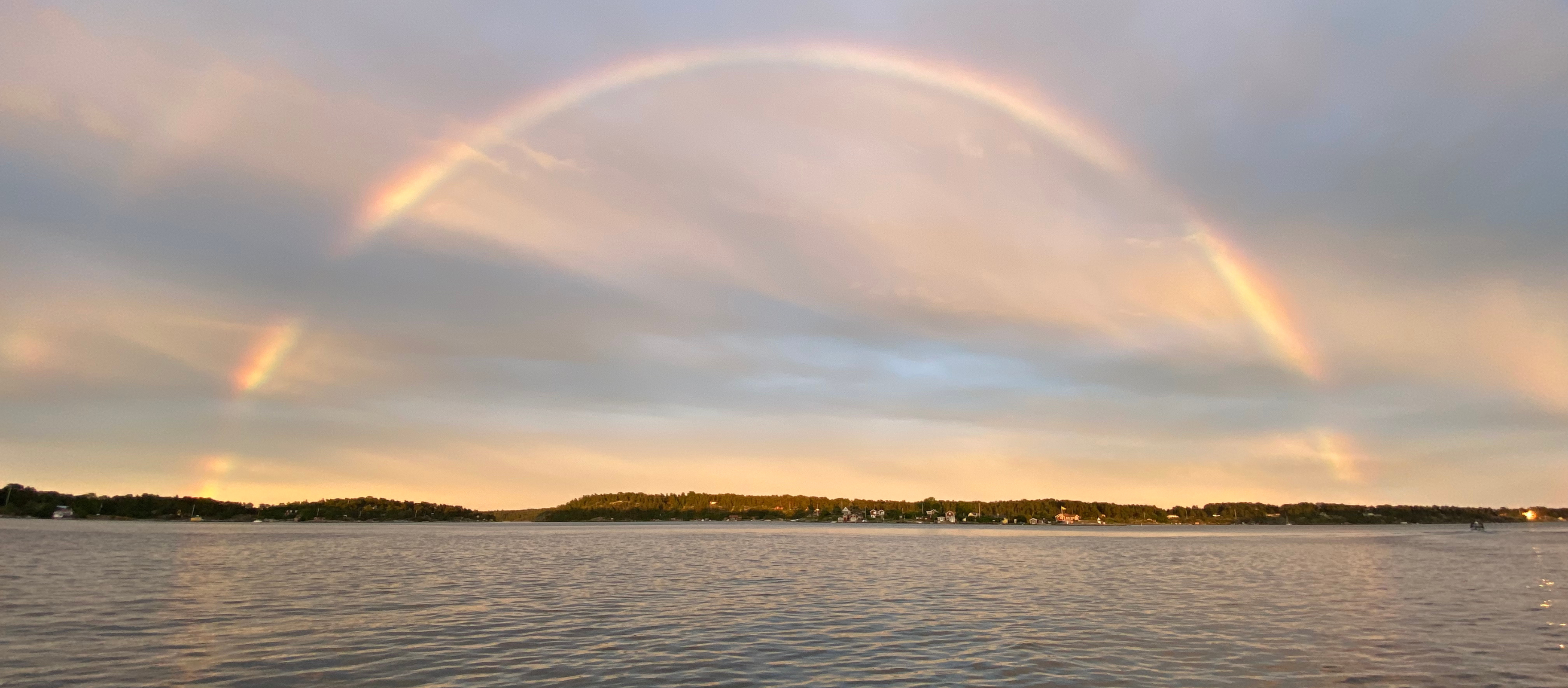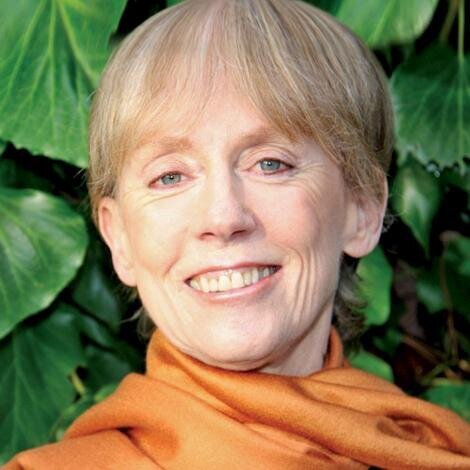The Importance of Setting Boundaries in Parenting
When raising kids, it is crucial to set limits and boundaries since they’re not yet able to do so for themselves. It’s one of the most significant roles we play as parents.
In an environment of love and kindness, where rules and restrictions are explained well and make sense, saying no shows that we love our kids. It teaches them how to be citizens of the world and ultimately gives them a healthy foundation.
Boundaries are integral in a child’s life, and rules are essential for displaying limits and promoting a feeling of safety. “No” is one of the ways we show love. Both parents and children need to get comfortable saying no and being on the receiving end of another person’s boundaries. We have to learn that we can’t have or do everything we want. It’s just not the way life works.
Strategies for Saying "No" Effectively
We can do a few things to make the lessons of no and setting boundaries easier.
First off, the way we say no is important. As the saying goes, choose your words wisely. The way we use language is essential for saying no and in the way we speak to our kids.
Saying no and setting limits doesn’t mean that the child is doing something wrong. However, kids will tend to get that idea because of the tone we use when saying no. The way we say no can create problems or send the wrong messages, ending up having a reverse effect. A snippy “no” can send chills down a child’s spine. In contrast, a loving “no” can give the impression of safety and comfort.
We are all just human - don't put pressure on yourself
It’s important to note that sometimes reality hits us hard in the face, and we lose it in front of our kids. As parents, occasionally shouting “no!!!” and getting angry is part of that reality. We all have moments like this, so give yourself grace. It’s better to be okay with being human than to pretend to be perfect. As long as there are resolutions and apologies down the line, it’s okay to go there every once in a while. This is better than a child who has never heard the word no and will have difficulty adapting to life and finding balance in future relationships.
Saying "No" has gotten a bad wrap!
Lately, I’ve noticed that the word no gets a bad reputation, and some parents opt to use terms other than the actual word no. They are proponents of the so-called use of positive language. They have decided to label the word no as bad and believe it sends the message that we do not love our children.
I believe this to be a backlash against the old authoritarian, over-strict parenting methods, which led to decades of children living with rules that never made sense. In those days, children were treated like robots who should do nothing but what was told to them. Thus, causing many children of these generations to feel unloved.
Boundaries Make Children Feel Safe
As adults and parents, these children have now chosen to parent oppositely from how their parents once raised them. In their minds, saying no too liberally as their parents did to them would send the same message of unlove to their children. This fear is valid, as every parent wants to do everything in their power to show their children that they are loved.
While I understand the intention behind this thinking, I find it ultimately unrealistic. Sometimes a hard no is the most effective way to keep children out of danger or clarify that something isn’t allowed. Setting limits, ideally, should create a sense of safety. Limits are a vital component of a strong foundation because they are the beginning of a healthy outlook on life. We can choose to say no in a loving way. We can set rules and limits that make sense and allow our children to feel safe and comforted by the limits.
Rules have to make sense.
Another way to make the lesson of no easier on kids is the rules have to make sense.
It’s critical to find a balance between too strict and too relaxed. The strict parent must ask why they make rules and for what reason. Are you restricting things for a logical reason? Is there enough balance in your rule-setting?
There must always be some allowance for rule-bending so that life can feel flexible and not too rigid.
On the other hand, I have witnessed parents with no rules and no limits, which can become very chaotic. Children feel unsafe without boundaries. When given the ability to do whatever they want all the time, things can quickly get out of control.
Kids are smart and should be treated with respect and as equals. Just as adults need healthy limits and boundaries, so do kids. They deserve to know why the rules are the way they are. Rigid rules that don’t make sense can do more damage than good. Being too relaxed can also be harmful.
Examples of Vague Rules and Boundaries
Take the example of Halloween candy. Many parents tell their kids they can’t have too much candy on Halloween. Unfortunately, this type of rule can easily backfire. Kids want to feel a part of something on special occasions. Not having candy on Halloween might make a child feel left out and separate from the herd.
I once saw a mom at a 4-year-old’s birthday party who had brought special gluten-free food for her son. He wasn’t allergic to gluten, but this was at the beginning of the gluten-free fad. He wasn’t allowed to have the cake or pizza served at the party. The mother stood hovering over him with rice cakes at the end of the children’s table.
Did she achieve something positive that day? The boy felt excluded and embarrassed, which is much worse than an occasional slice of cake.
As With Everything Else; Moderation is Key
When my children were toddlers, I was unsure as to whether or not to let them watch TV or not. A neighbor and good friend who has three boys said that there was a negative effect of not allowing TV. She used the example of a family friend who didn’t allow any TV. When those children came over, she couldn’t get them away from the screen. Starved for TV, they became like zombies who couldn’t get enough. Her sons didn’t want to play with them any longer because all they wanted to do was be in front of the screen.
The lesson in each of these examples shows that a little bit is okay. Instead of focusing on the rigidity of rules, focus on teaching self-control and regulation. Set limits, but give a little leeway. Create rules that make sense to the children, and talk about them together. Kids deserve respect and explanations.
How to Learn to Listen to Our Instinct?
We can teach our kids that when the voice in our minds tells us that we have had enough, that is our inner guidance system. It can be hard to hear that voice sometimes, especially when enticing and stimulating distractions like sugar and electronics present themselves to kids. We can teach them how to tap into the inner guidance system that signals to them when enough is enough, thus showing them moderation.
I recommend starting small by explaining why there are limits in place and letting your children grow in this understanding.
Ultimately, saying no is all about giving our kids the tools to say no for themselves eventually. A key part of this process is modeling the ability to say no as parents in our own lives. If children watch us navigate situations where we need to set boundaries, they’ll start to recognize their boundaries. They’ll observe us making wise choices and understand that in the end, saying no is entirely doable and doesn’t have to be feared. It can be loving and empowering.
Other Resources:
Everyday Blessings: The Inner Work of Mindful Parenting by Jon Kabat- Zinn & Myla Kabat- Zinn
Other Blogs:







